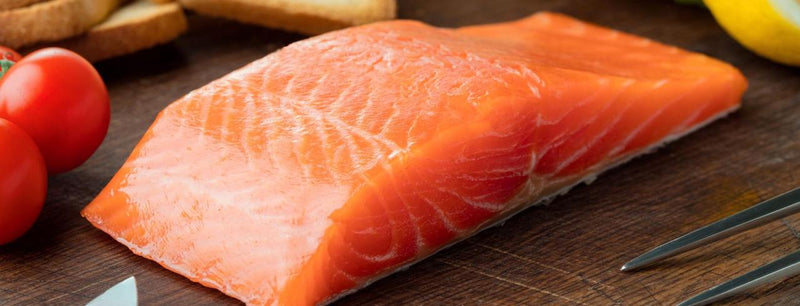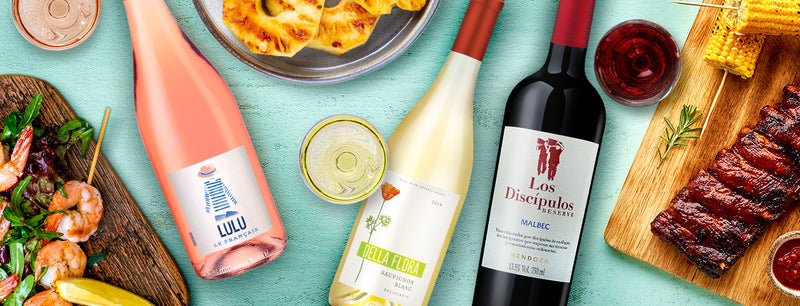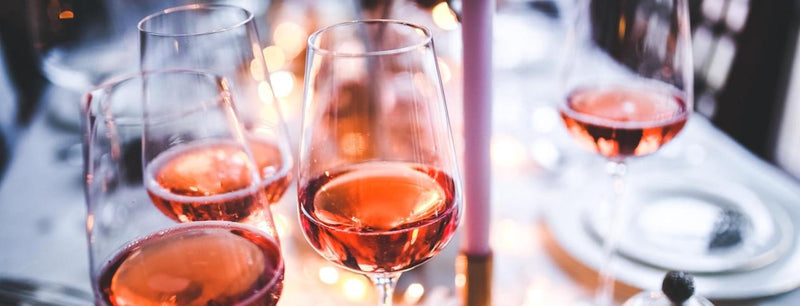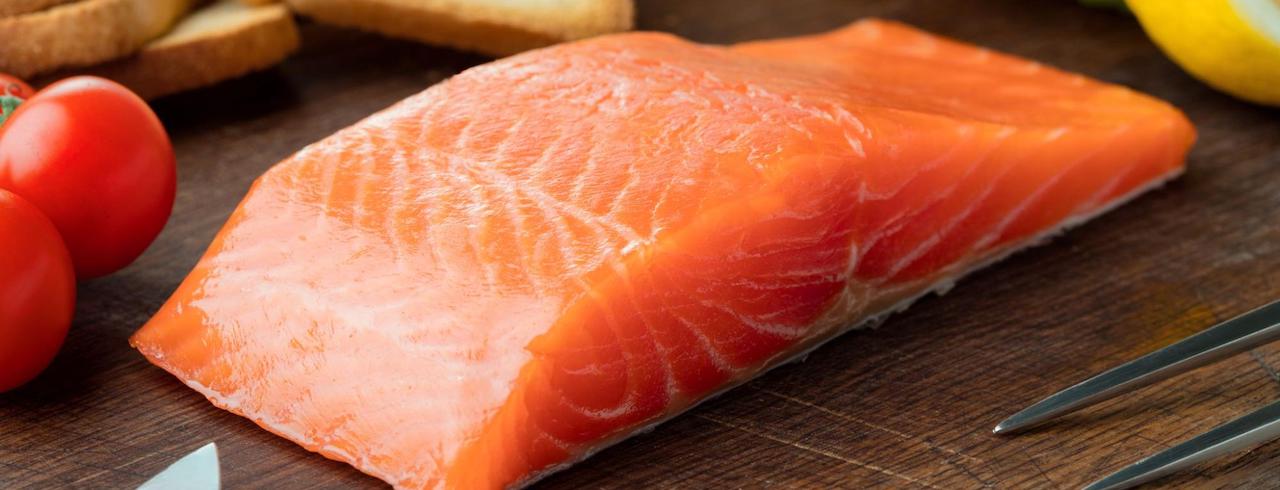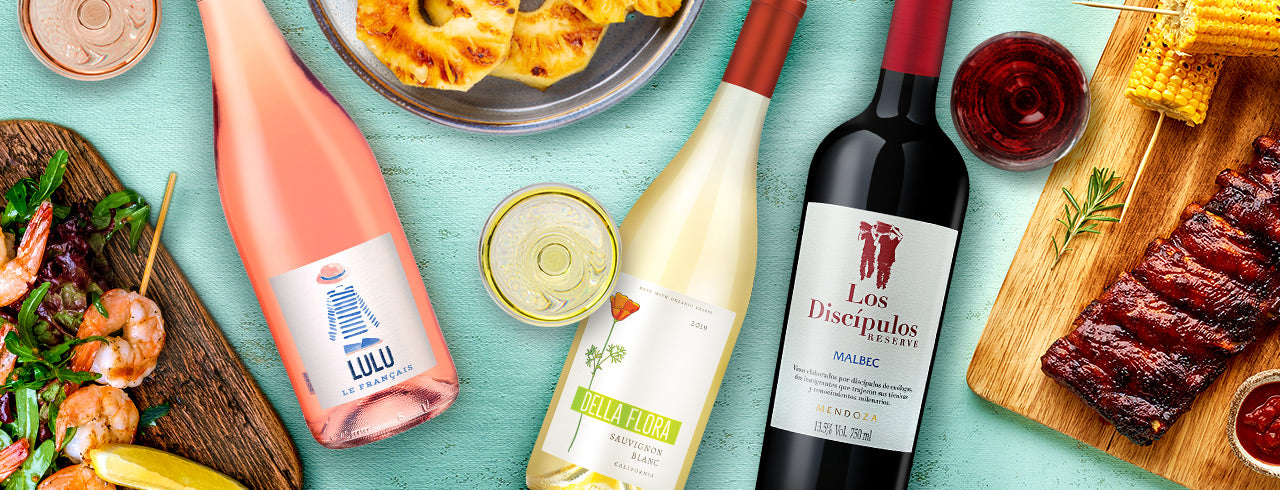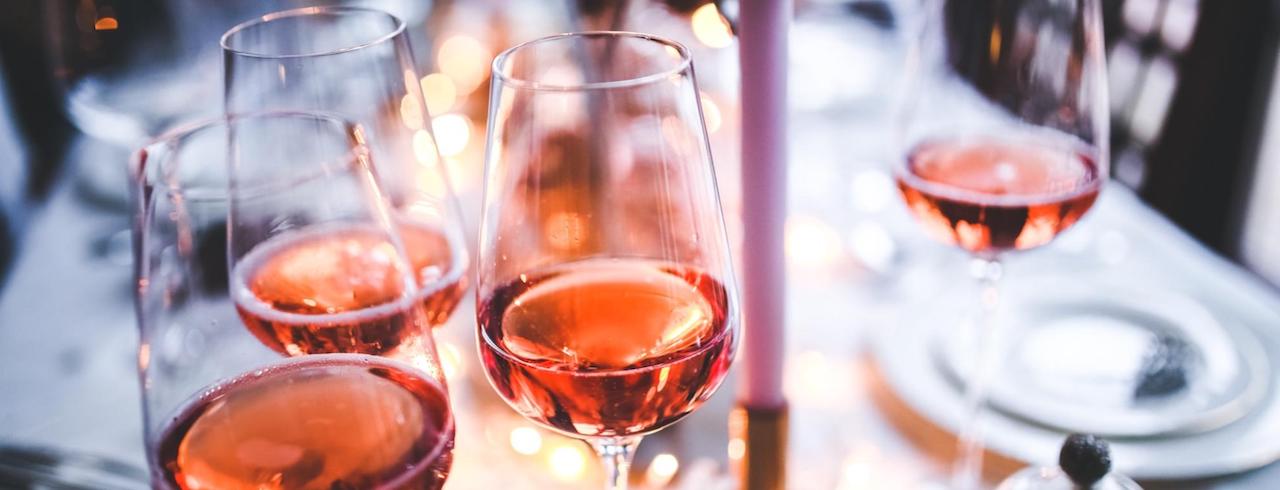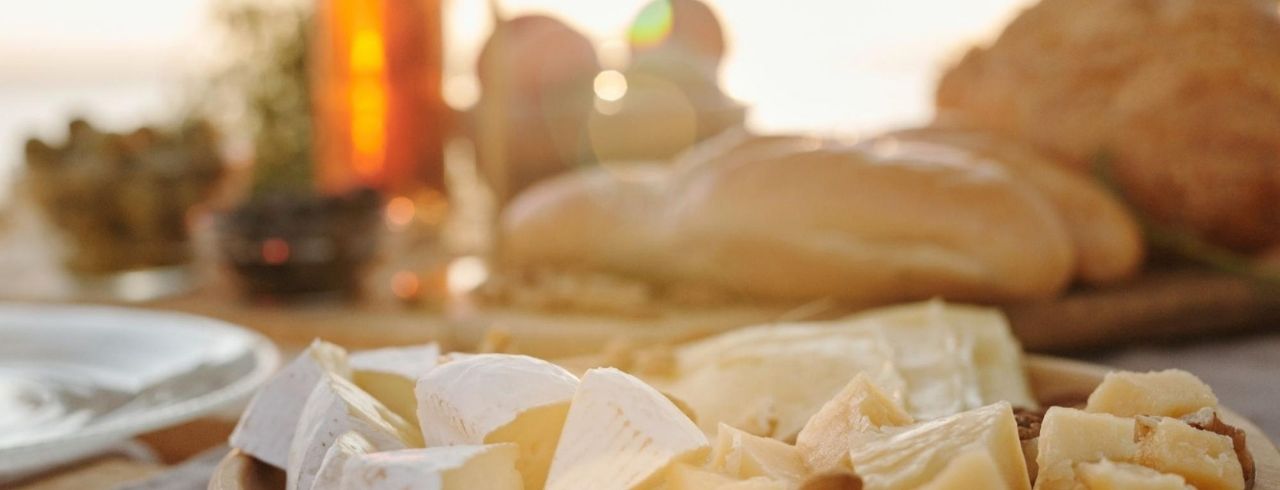
A Guide to Pairing Wine and Cheese
Ah, wine and cheese, the duo that’s stood the test of time. Where did this pairing originate? Wine and cheese have been paired together around the world for centuries, with significant roots in Europe.
Historically, diners used their guts to make pairings, but today, the science behind the combination has been well-proven.
Why Do We Pair Wine and Cheese?
The pairing of wine and cheese works for several reasons.
Finding the right combination enhances any sipping experience and brings delight to the palate. The physical enjoyment of the perfect pair is defined by three components: mouthfeel, palate-cleansing, and taste.
Mouthfeel
We’ve all experienced food pairings that just feel right; celery and peanut butter, cookies and milk, or the classic rice and beans.
The different combinations of wines and cheeses offer mouthfeels that many would describe as simply perfect. A fatty and creamy cheese goes great with a dry wine, while a juicier wine is best paired with a harder, aged cheese.
Palate Cleansing
Palate cleansing is an essential aspect of wine tasting because it allows you to enjoy the full experience of everything you put in your mouth. A palate cleanser neutralizes lingering flavors, leaving the door open for new ones.
The right cheese can cleanse your palate if you’d like to get a glass of something new or switch courses. If you’ve enjoyed a wine high in tannins, a light cheese can help to absorb them. The same idea goes for using creamy cheese to cleanse your palate after an acidic glass of wine.
Taste
Flavor pairings have always been a major component in making the perfect matches between cheeses and wines. The five flavors, salty, sweet, bitter, sour, and umami, work together to either balance or enhance each other.
Sweet and salty enhance, while umami and sour balance. Because of the diverse flavors that wines and cheeses possess, there are numerous combinations we’ve all come to adore.
Identifying the Best Cheese for Each Wine
Knowing why we pair wine and cheeses can give you a good lay of the land as you set off on your tasting journey. If you’re looking for an elegant mouthfeel or taste, you’ll need to know what to look for before you pour a glass or set up your cheeseboard.
Before you make your decision, check out the label on your bottle and cheese to know what you’re getting into. There are several things you should identify before you do your matchmaking.
Origins
A pairing can often be identified by a wine and cheese’s shared origins. Nature often instills the same qualities and flavors in the materials it produces. Wine and cheese varietals that work well together often come from the same region or even the same plot of land.
France
In France lies the Brie region and Beaujolais, a historical provence well-recognized for their wines. Brie cheese from Brie, and Beaujolais wine, from Beaujolais, are often known to make an elegant pair. The tang of brie and the bold fruitiness of Beaujolais pair seamlessly.
In case you find Beaujolais a bit hard to come by, you’ll also find that brie shines when accompanied by an aged Pinot Noir. The light body of a Pinot Noir does well to balance the funky and nutty flavors of brie.
There are plenty of wine and cheese varietals from France, so you have tons of options to choose from.
Italy
Italy is another European country that’s left its mark on both wine and cheese’s infamous histories. Some well-known Italian wine varietals include Barbera, Zinfandel, and Friulano, but Italy produces hundreds of different wines for you to choose from.
You’re probably well aware that Italy and cheese go hand in hand. Mozzarella, Asiago, Parmesean, Burrata, yum.
Light-bodied and richly aromatic Barbera goes well with a block of hard and aged Asiago cheese.
An acidic and tart Friulano can be paired with creamy mozzarella if you’re looking for an effective palate cleanser.
Although France and Italy are notorious for their mark on wine and cheese culture, you can find pairings worldwide, including Chile, Argentina, and even Australia.
If you’re not sure what would make the best wine pairing to block of cheese, it’s a safe bet to make your decision based on a wine and cheese’s origins.
The Experience
As mentioned earlier, an overall experience often determines if a bottle of wine and cheese work well together. We’ve gathered a list of pairings depending on what you’re looking for:
Great Mouthfeel Pairings:
- Creamy camembert cheese with dry Cabernet Sauvignon
- Hard, aged cheddar cheese with a juicy red wine blend
- Moist feta cheese with a dry white wine
Palate Cleansing Pairings:
- Grated parmesan cheese with a Merlot packed with plump tannins
- Gorgonzola cheese with an acidic white
- Roquefort cheese with a tropics-inspired Reisling
Wonderful Taste Pairings:
- A deep and funky blue cheese with a full-body Malbec boasting fruit flavors
- Sweet goat cheeses with sour Sauvignon Blancs
- A jalapeno jack cheese with a sweet Moscato
